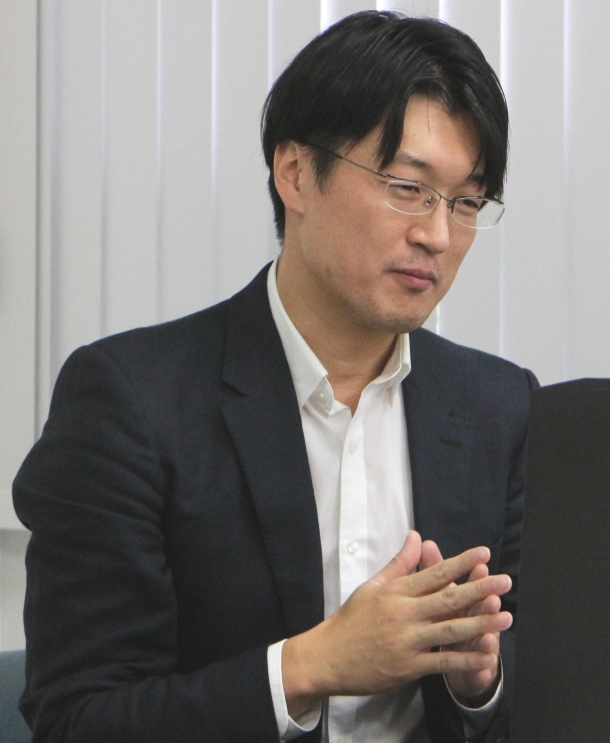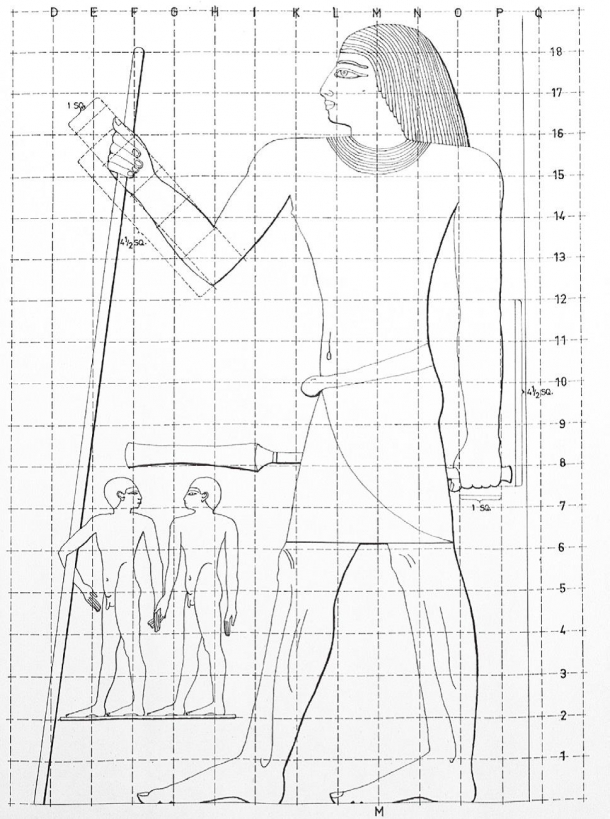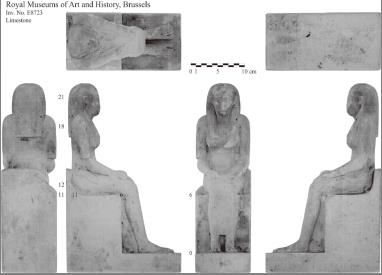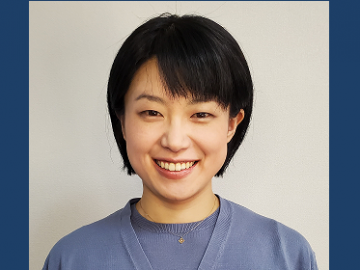
Representation of the human body in ancient Egypt
In Egypt, since the 5th Dynasty of the Ancient Kingdom in the 25th century BC, the human body has been drawn with its parts in certain proportions. In the Middle Kingdom in the 21st century BC, a grid system was used for drawing the human body in standard proportion. In that system, the height from the sole of the foot to the hairline above the forehead was divided into 18 parts (see Figure 1). The system was used for over 1400 years, except during the Amarna period.

Figure 1: Grid system used during the Middle Kingdom (after Iversen) The horizontal line passing through the bottom of the foot is 0, the horizontal line passing through the hairline on the top of the forehead is 18.
However, in the Late Period in the 7th century BC, a new grid system (see Figure 2) came into use. The hairline was no longer the standard; rather, the reference line at the top became unclear. In the 1st century BC work, Bibliotheca Historica, the Greek historian Diodorus of Sicily describes how sculptures were created using this new grid system, which involves the numbers 21 and 1/4. There has been extensive debate about the interpretation of the system, but the widely accepted theory now is the one proposed by Erik Iversen in 1968, in which the number 21 is calculated in square units, and 1/4 is calculated in cubits. The cubit, the unit at the time, is the length of the arm from the elbow to the fingertip; it corresponds to 6 squares (see Figure 2). Therefore, 1/4 cubit is 1.5 squares, and the total height is 21 squares +1.5 squares = 22.5 squares—the top of the head is at the height of 22.5 squares. This interpretation was widely accepted at the time when Iversen proposed it.

Figure 2: Grid system in use in the Late Period of ancient Egypt (after Iversen) The hairline ceased to be the reference point for height. The 21st horizontal line, close to the forehead, does not pass through a fixed point and thus is not the reference line. The arm below the elbow is drawn with a length of 6 squares.
However, I feel that this interpretation is unnatural. If Iversen’s interpretation was correct, why did Diodorus not write 22 and 1/2 from the beginning? Despite the fact that Diodoros described the creation of sculptures, I wonder why research to date has focused mainly on paintings and reliefs, and hardly at all on statues.
3D modeling of museum statues
Therefore, I decided to analyze statues using photogrammetry technology. With permission from several museums holding ancient Egyptian statues, I placed each statue on a turntable and photographed it from various directions with a digital camera. I then performed 3D computer modeling using 300 to 500 images (see Fig. 3). Until now, it has been difficult to accurately determine 2D values from 3D statues, which have many curved surfaces, but now new technology has made it possible.
As a result of the analysis, I concluded that the numbers 21 and 1/4 discussed by Diodoros can be interpreted literally. Even in the new grid system, the human body was drawn on a grid 21 + 1/4 squares high. Although there were some misalignments with some statues, horizontal line 21 passes between the upper eyelid and the eyebrows. The distance from that line up to the hairline is 1/4 of a square.

Figure 3: 3D modeling of a statue of a sitting woman in Royal Museum of Art and History, Brussels (Courtesy of the museum) Grid lines are still in place on the pedestal of the statue. In the grid, horizontal line 21 passes between the upper eyelid and the eyebrows, and from there to the hairline is 1/4 square.
Why was the grid system modified?
Why was the grid system that had been used for about 1400 years changed in the Late Period of ancient Egypt? From 3D modeling we can see that the ratio of the drawn human body hardly changed, even when the grid system changed. From that discovery, I conclude that the modification of the grid system was not aimed at changing the appearance of the human body; rather, it reflected a change in thinking regarding the representation of the human body.
At that time, the length of the arm was drawn as one cubit = 6 squares, and the width of four fingers was the size of one square. The name of the unit at that time was the palm. From this, it can be imagined that in order to represent the human body, the width of four fingers is the unit, six times that is the length of the arm, and the grid is set accordingly. The artists decided the basic unit and tried to express the length of the parts of the human body as multiples of it. Until then, the grid came first, and the human body was applied to it; but in this new system, the ideal proportions of the human body were considered to be integrated in the grid.
Egypt as a source of Western civilization
In De Architectura (Ten Books on Architecture), the oldest architectural book written by the Roman architect Vitruvius Marcus Pollio in the 1st century B.C., there is a description of how the module system (based on one unit, with the size of the parts, as multiples of that unit) was used in the design of the temple. De Architectura also describes the ratio of the human body and discusses the ideal ratio of a temple by comparing the temple with the human body. This might be inherited from the idea of the new grid system in ancient Egypt. If so, we can imagine that Egyptian civilization, which had long been considered a peripheral culture, had an influence on Greek civilization, which is considered to be the origin of Western civilization. In the future, I would like to conduct 3D modeling of ancient Greek statues to see if they show signs of the grid system of ancient Egypt.
Interview and composition: Keisuke Iida
In cooperation with: Waseda University Graduate School of Political Science J-School










